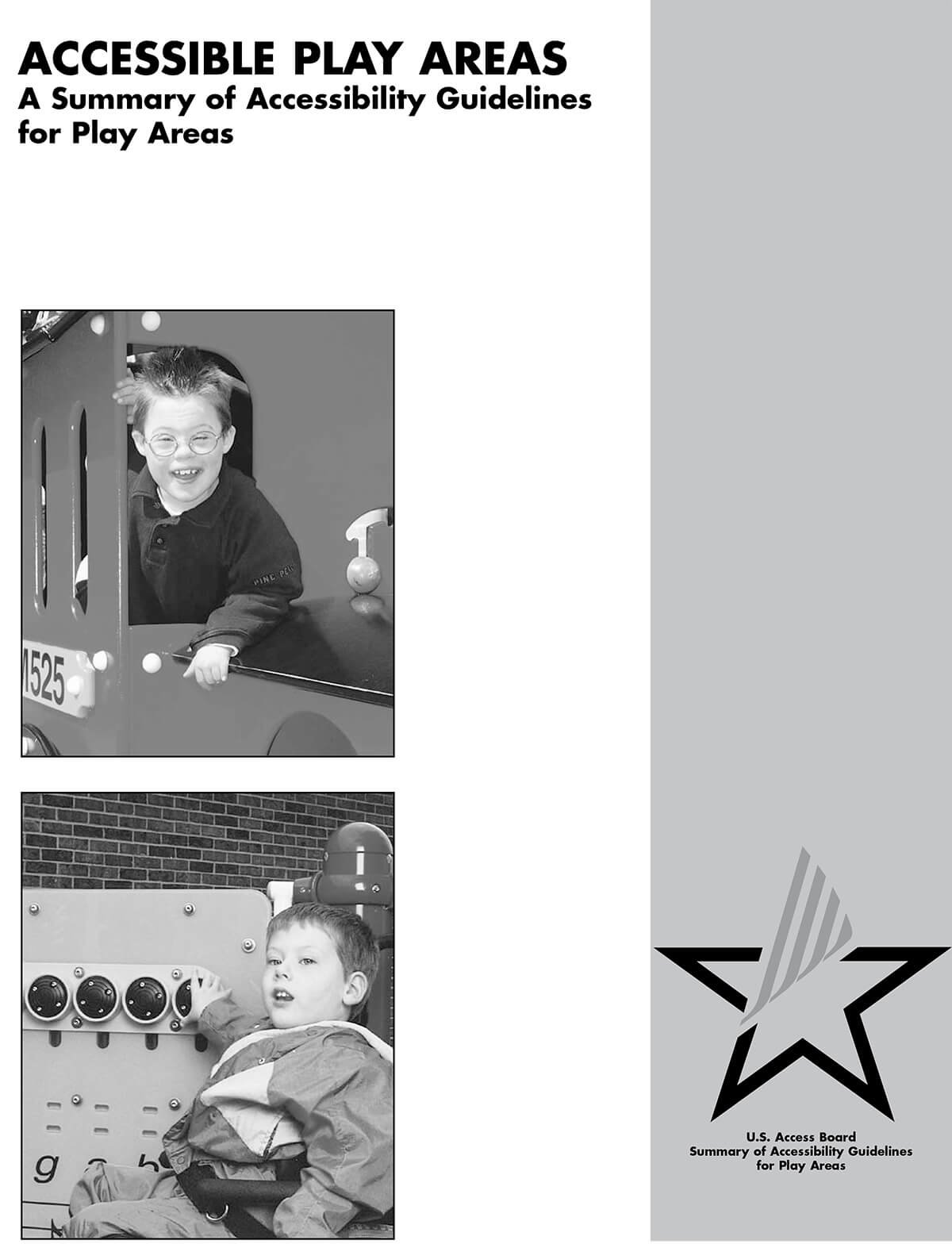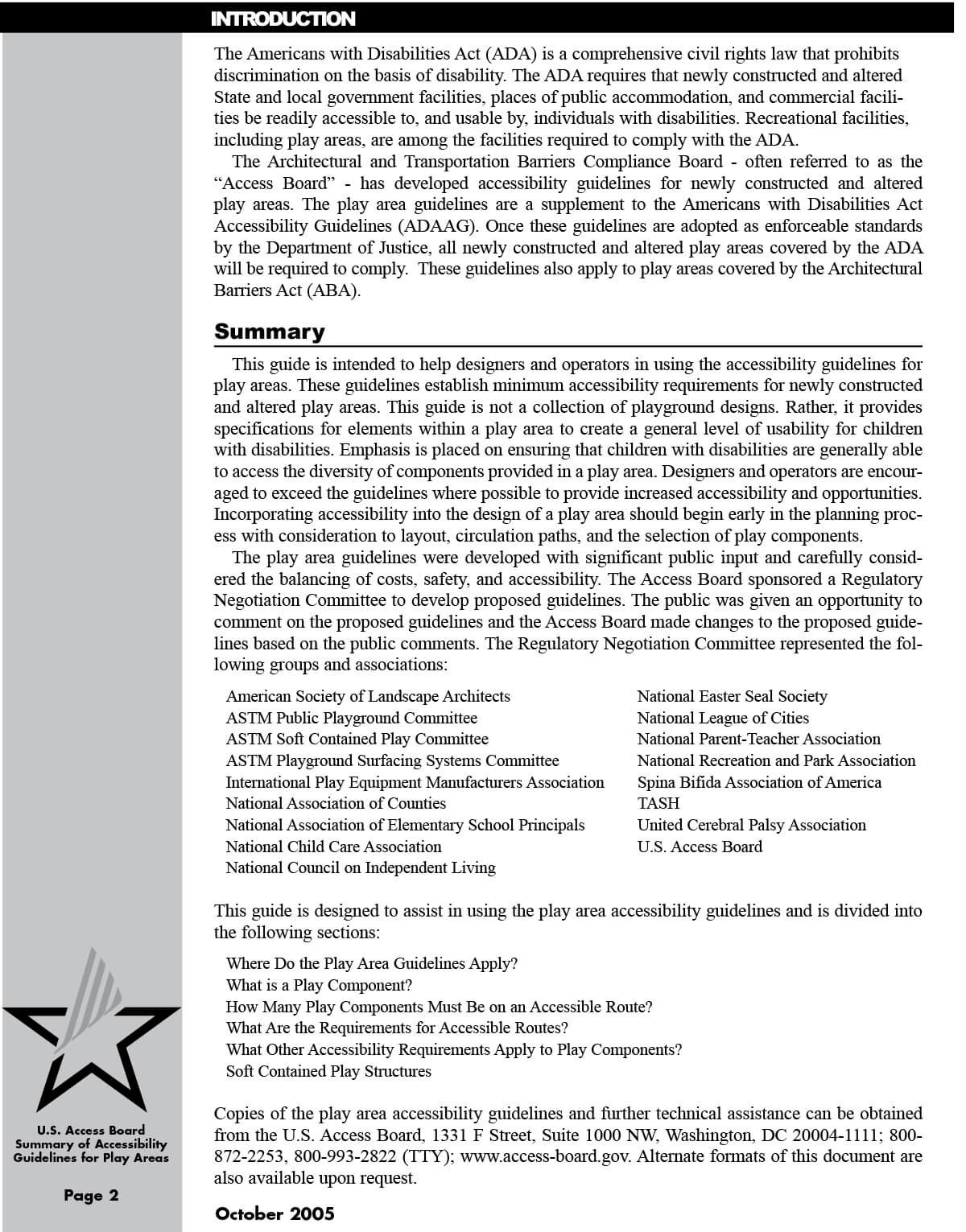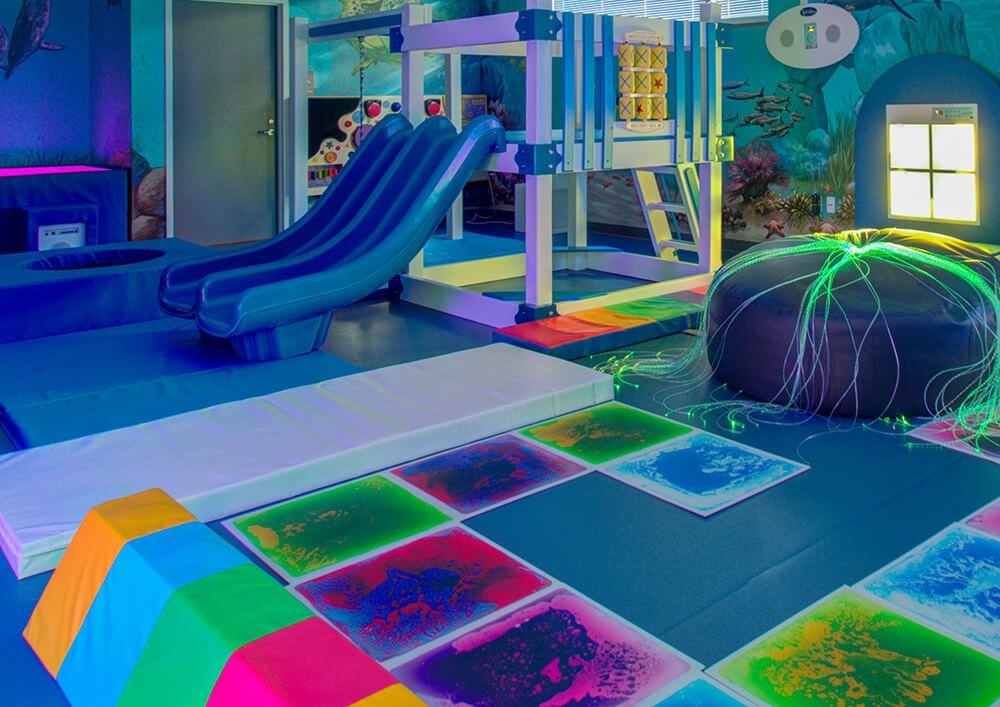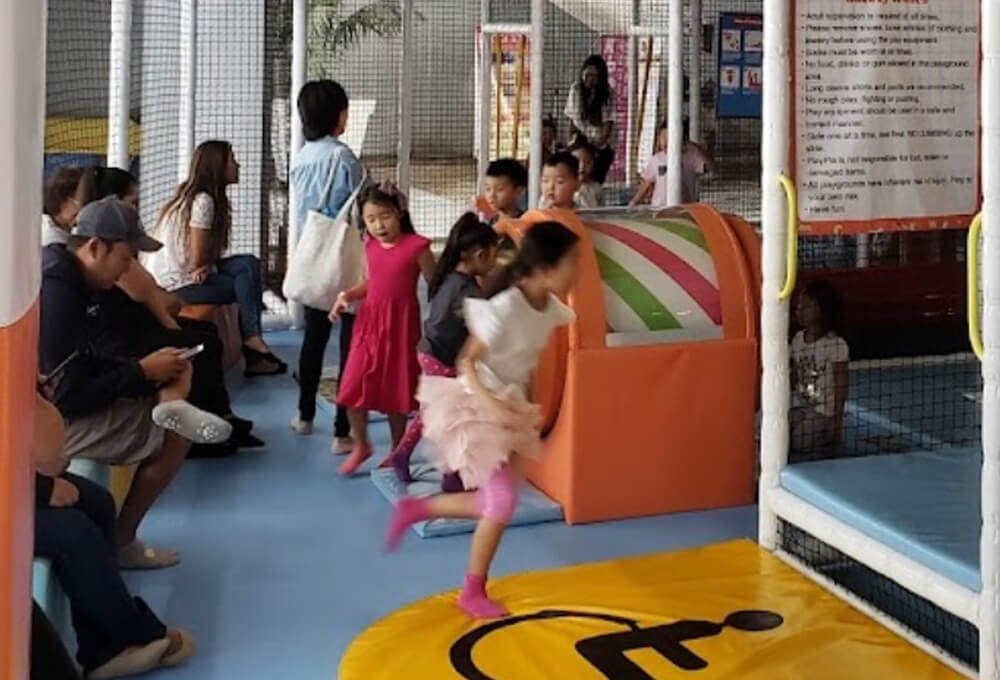Imagine this: A family walks into your indoor playground. One child is thrilled and ready to climb and explore. The other, who uses a wheelchair, is hesitant. They look around. The space is colorful and vibrant, but there are no ramps to the elevated play areas, no equipment they can use, and nowhere quiet to retreat if things get overwhelming. As a business owner or venue operator, the last thing you want is for any child to feel left out. That’s why designing an accessible indoor playground is not just a trend but a necessity in today’s world of inclusive play.
In this article, we’re going to walk you through creating a handicap accessible playground equipment that’s welcoming and fun for all children, regardless of their physical or sensory abilities. Trust me, I’ve been in this industry for years. I’ve seen firsthand the difference it makes when children of all abilities can play side by side. So, let’s jump in.
The Importance of Accessibility in Indoor Playgrounds
Accessibility in indoor playgrounds is crucial to making sure all kids, including those with disabilities, have the same opportunities to play. When we create an inclusive environment, we get kids of all abilities interacting, breaking down barriers, and making friends. Play isn’t just something you do for fun; it’s vital to kids’ physical, social, and cognitive development. Accessible playgrounds encourage active play, which is linked to better gross motor skills and overall physical health.
Plus, accessible playgrounds support the developmental needs of all children. When kids can play and interact with each other, they learn vital social skills and empathy. They learn to understand and appreciate differences, laying the foundation for a more inclusive society. So, designing accessible indoor playgrounds isn’t just about meeting standards; it’s about nurturing the next generation’s understanding of diversity and inclusivity.
Understanding Accessibility Standards for Inclusive Playground Equipment
To create a playground that everyone can use, you need to know the Americans with Disabilities Act (ADA) and other rules. The ADA tells you how to make spaces that everyone can use, including playgrounds.
- Accessible Routes: There must be a continuous path connecting all areas of the playground, including parking lots, entrances, and play zones.
- Ramp Slopes: Ramps should have a gentle slope (a maximum of 1:16) to accommodate wheelchairs and strollers.
- Elevated Play Facilities: At least 50% of elevated components, like platforms or bridges, must be accessible via ramps or transfer stations, allowing children to move from their mobility device to the equipment.


How to Design an Accessible Indoor Playground?
Ensure wheelchair accessibility, use sensory-friendly materials, provide varied play equipment for different abilities, incorporate clear signage with braille, ensure non-slip flooring, maintain adequate lighting, and design inclusive rest areas for all children and caregivers.
1. Engaging Multiple Senses
Incorporate elements that stimulate various senses, such as tactile surfaces, auditory features like musical instruments, and vibrant visual stimuli. This approach caters to children with sensory processing challenges while enhancing the play experience for everyone.

2. Create Accessible Entrances and Exits
Make sure the paths leading into and out of the wheelchair accessible playground are wide enough for wheelchairs and strollers. Provide ample maneuvering space for children with mobility needs to navigate between play structures.
Make sure you have double handrails at different heights on your ramps for safety and accessibility. Make sure the surface is smooth and even so it’s easy to get around.

3. Offer Different Levels of Challenge
In an accessible indoor playground, not every piece of playground equipment is for every child, but every child should find something they can enjoy. Offering different levels of challenge is key—some kids will prefer simple balance beams, while others may want to scale climbing walls or swing from monkey bars. It’s about making sure there’s a range of options for different abilities.
4. Design Calm Areas
Some kids, especially kids with autism or sensory issues, may need a break from the hustle and bustle. Designate quiet areas where kids can go if they get overwhelmed. These areas need to be comfortable, quiet, and away from the main play areas.
5. Create Clear Pathways
Make sure the paths are wide and clear for easy moving around, and make sure you have good signs and wayfinding for everybody. This way, every kid, regardless of ability, can explore the playground independently.
The Difference Between Accessible and Inclusive Playgrounds
At this point, you might be wondering: what’s the difference between an accessible playground and an inclusive one? These terms get used interchangeably, but they’re not the same thing.
- Accessible playgrounds are designed to make sure kids with disabilities can physically get to and use the equipment. This means there are no barriers at entrances, there are ramps, and the equipment can be used by kids who have trouble moving around.
- Inclusive playgrounds go beyond access by promoting interaction and engagement among kids of all abilities. They are designed to promote social interaction and make sure every kid, no matter what they can or can’t do physically, cognitively, or sensory-wise, can enjoy a meaningful play experience.
Summary of Key Differences:
| Feature | Accessible Playgrounds | Inclusive Playgrounds |
|---|---|---|
| Focus | Physical access | Engagement and social interaction |
| Design Standards | Meets ADA requirements | Exceeds ADA requirements for a richer experience |
| Equipment Variety | Basic wheelchair-accessible equipment | Diverse activities catering to all abilities |
| Social Interaction | Limited; may isolate users | Encourages interaction among all children |
| Play Experience | Functional but may lack engagement | Designed for enjoyment and connection |
Conclusion
Designing an accessible playground equipment is about more than checking off a list of requirements. It’s about creating a place where every kid feels welcome and valued. By including wheelchair accessibility, sensory-friendly features, and different ways to play, you’re not just meeting the requirements of laws like the ADA, you’re creating a community where all kids can succeed.
At Lebo Play, we specialize in creating custom indoor playgrounds that are safe, accessible, and fun for all kids. Whether you’re designing a new family entertainment center or upgrading an existing play space, our team can help you create an inclusive playground that stands out.
Ready to make play accessible for everyone? Let’s work together to create a playground that every child can enjoy.

